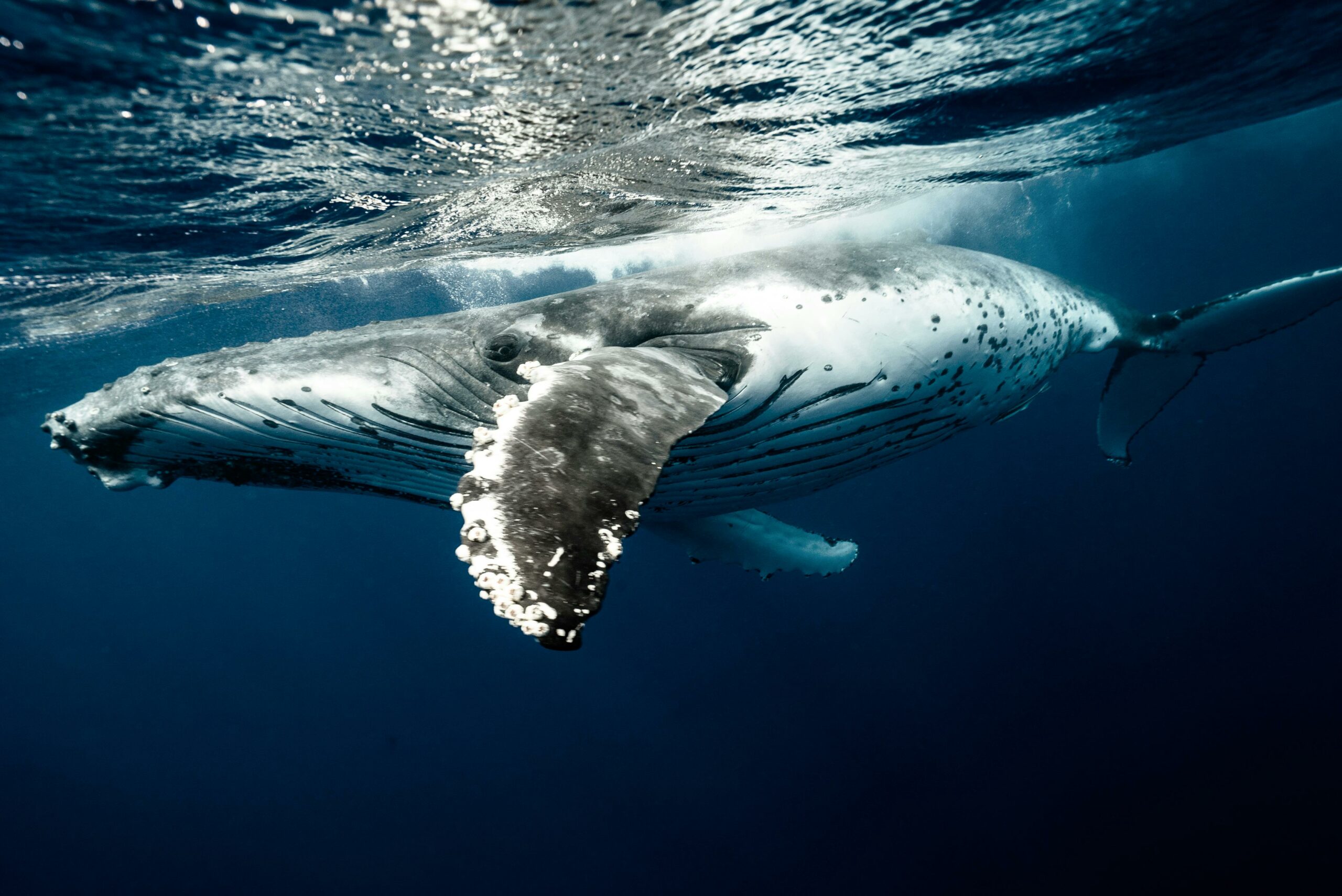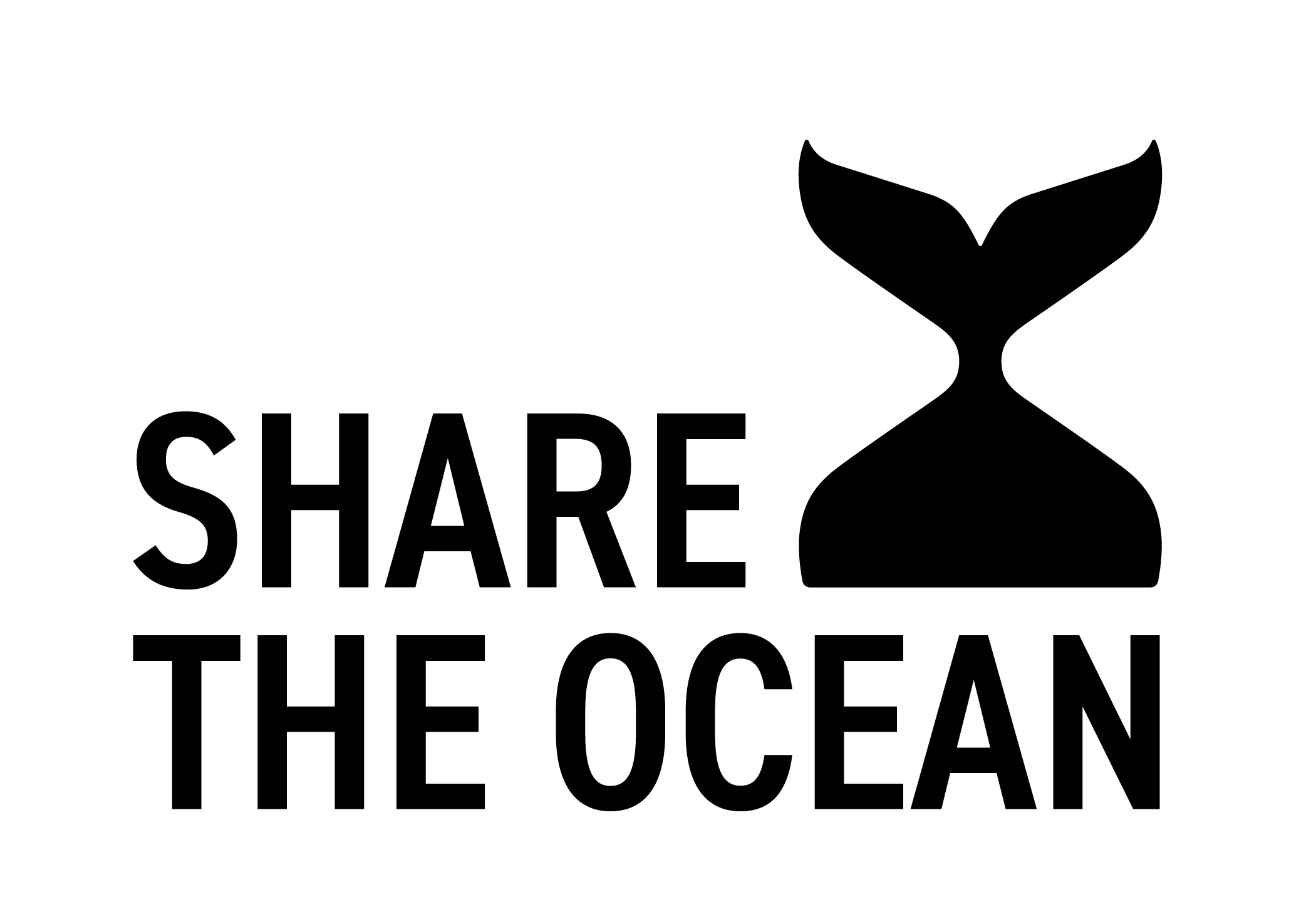Ship strikes with cetaceans
Ship strikes affect more than 75 marine species worldwide. Collisions are one of the leading causes of death for large cetaceans. The number of collisions with marine megafauna has risen steadily in recent decades as ships have become larger and faster. While the issue of collisions has been a key concern for many years, there is a shocking lack of data on the overall impact of collisions on species.

Photo credit: E.Dipp
While collisions between ships and marine megafauna are not always fatal, the consequences can be manifold and generally depend on the size and speed of the ship. Distinctions are made between direct consequences (the immediate effects of the collision), long-term consequences (the reduction in an animal’s physical condition over time) and consequences for populations. Animals may suffer fatal injuries at the moment of impact or several days, weeks or months afterwards.
All types of vessel, whether motorised or sailing, are involved in collisions. Vessels that most frequently collide with cetaceans include ferries, sailing boats, passenger ships, motor yachts, whale-watching boats, naval vessels, container ships and cargo ships. Damage to ships can be significant and sometimes irreversible.
Currently, reducing speed and implementing routing measures appear to be the most effective ways of reducing the number and severity of collisions with marine megafauna. The effectiveness of technological measures based on infrared technologies or acoustic scarecrows depends on various factors, including the species involved, the geographical area, and the willingness and ability of users to implement them. Nevertheless, these methods are complementary and will ultimately help to mitigate the impact of collisions on marine megafauna.
